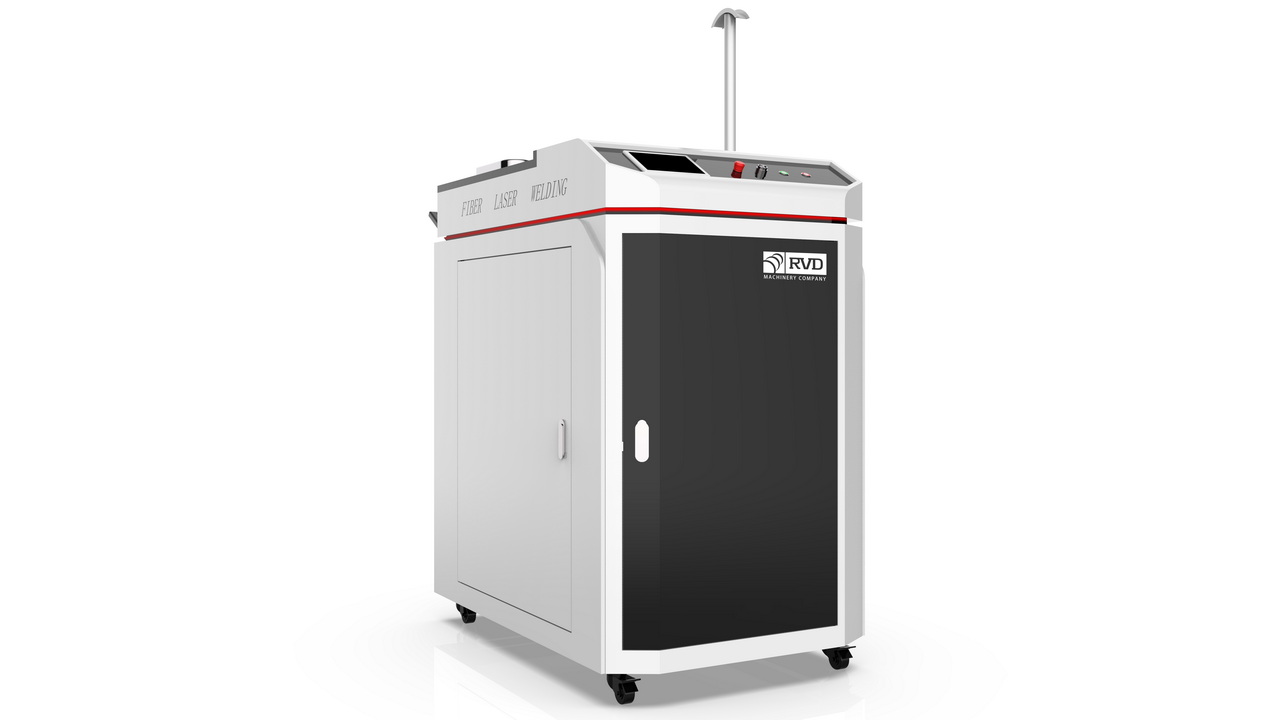
A fiber laser cutting machine operates on a non-contact cutting principle, utilizing a high-intensity laser beam to slice through materials without any physical force. Unlike traditional cutting methods that rely on mechanical tools or sharp edges, this process involves focused light energy to achieve precision and accuracy.
The Science of Laser Cutting
The core of a fiber laser cutting machine lies in its ability to generate a laser beam through optical fibers. The laser source emits a high-energy beam, which is then transmitted through fiber optics to a cutting head. A series of mirrors and lenses focus the laser into a fine point, directing intense heat onto the workpiece. This heat is powerful enough to vaporize, melt, or burn through the material without direct contact.
How It Cuts Without Touching
The absence of direct physical contact is a defining characteristic of a fiber laser cutting machine. Instead of applying mechanical pressure, the machine directs a laser beam onto the surface, which results in localized heating. The material at the focal point either melts or evaporates, allowing for clean and precise cuts. The cut is guided by computer numerical control (CNC), ensuring extreme accuracy.
The Role of the CNC System
A fiber laser cutting machine functions seamlessly due to its integration with CNC technology. Operators input digital designs, and the machine follows these patterns with high precision. The CNC system controls the movement of the laser head, regulating the beam’s intensity and speed to match the cutting requirements.
Why No Physical Contact?
- Light-Based Cutting: The process relies on a concentrated light beam rather than a blade.
- Heat Application: The material undergoes intense heat, causing it to change state.
- Assisted Gas Flow: A stream of gas (such as nitrogen or oxygen) helps remove molten material from the cut path.
- Precision Focus: The beam remains concentrated in a fine point, ensuring accuracy.
Materials Processed Without Contact
A fiber laser cutting machine is widely used for cutting materials such as:
- Stainless steel
- Aluminum
- Brass
- Copper
- Carbon steel
- Titanium
Each material reacts differently to the laser, but in all cases, there is no mechanical pressure exerted on the surface.
Common Applications
Industries that rely on fiber laser cutting machines include:
- Automotive: Cutting metal sheets for vehicle components.
- Aerospace: Creating intricate parts for aircraft.
- Electronics: Precision cutting of circuit boards and enclosures.
- Jewelry: Crafting delicate and detailed designs.
- Medical Equipment: Manufacturing surgical instruments and implants.
How It Achieves Accuracy
The accuracy of a fiber laser cutting machine is influenced by several factors:
- Beam Quality: A fine, high-energy beam allows for detailed cuts.
- Focus Control: Automated focusing ensures the laser remains at the correct distance.
- Machine Calibration: Regular calibration maintains consistent performance.
- Speed Adjustment: The ability to adjust cutting speed prevents overheating and distortion.
Conclusion
A fiber laser cutting machine achieves precision cutting without physically touching the material by using a focused laser beam. This advanced technology ensures clean, accurate, and efficient cutting across various industries. The process, guided by CNC control, offers unmatched accuracy without mechanical force.





Leave a Reply